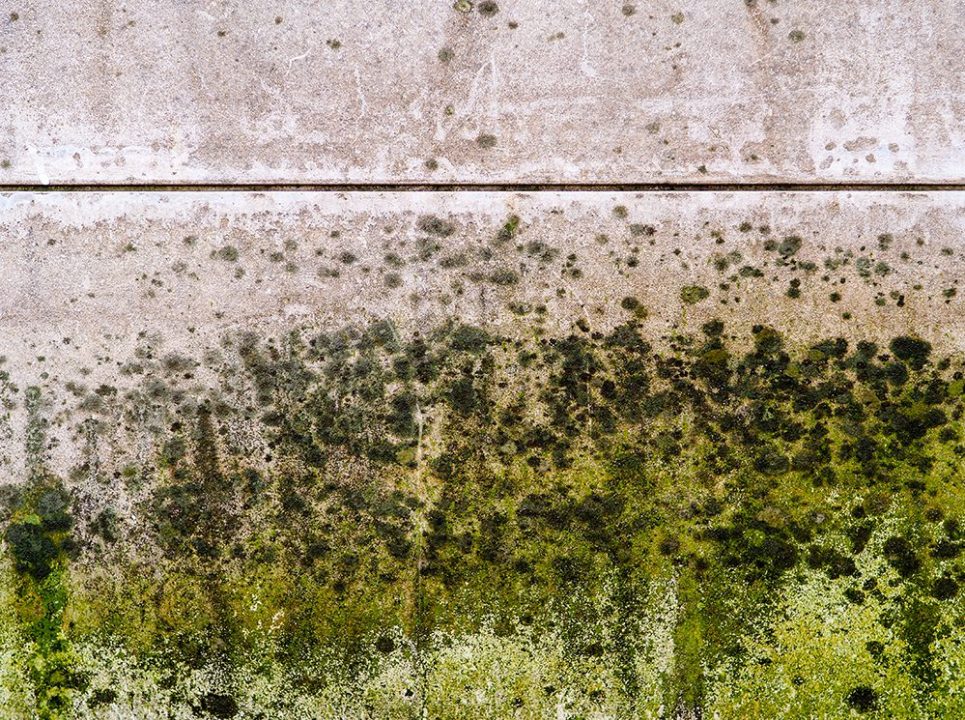
Written by Bonnie Stedman
As a practitioner I witness many incredibly challenging personal journeys. Often clients come to me as a last resort because conventional medicine in all its glory can often miss an all too common underlying issue of mould toxicity.
It isn’t uncommon to hear clients have been told ‘its all in your head’ or ‘just rest and it will pass’. Unfortunately, these types of comments not only aren’t the case (if only it were that simple), they can be quite damaging to the client’s overall spirit and mental state, leaving them feeling confused, discouraged, doubting themselves, and often more depressed and symptomatic.
Causes of Mould Toxicity
The tricky thing with mould toxicity and the mycotoxins that moulds produce is that it can creep up on you very slowly or hit you like a tonne of bricks overnight. Obviously the higher the exposure rate the faster the detrimental effects become apparent however there are several other contributing factors that determine how your body responds. For example, what are your detoxification pathways like? An already overloaded toxic burden with a limited capacity to detoxify will result in a more symptomatic person. Diet, lifestyle, stress levels, alcohol consumption, and environmental toxin exposure are areas to look at with a fine-tooth comb when working with mould patients. Genetics can also play a role in our ability to detoxify so having a genetic profile to look over as a practitioner is always helpful, however let’s not go down the rabbit hole of genetics in this blog.
What is your immune function like? Is there an overburdened immune system due to existing pathogens such as virus, bacteria, fungus, candida as well as heavy metals in the body? These all have such a detrimental effect on immune function, lowering our body’s ability to cope with mould exposure.
Women and children are also more susceptible to mould and mycotoxin toxicity as they traditionally have lower levels of testosterone and DHEA. Both of which have shown to be the androgens protective against moulds. Therefore, often in a family household, not everyone is affected.
Common Symptoms
So, what does a mould and mycotoxin client present with? Here’s where things can get tricky as the symptoms can vary so much. From fatigue, muscular twitch’s, exercise intolerance, headaches, sudden weight gain, shortness of breath, low immune function to gastro intestinal dysregulation such as constipation and diarrhea. It is also quite common for the blood brain barrier to be compromised due to high levels of stress, medications, alcohol, lack of nutrients, heavy metals and endotoxins (toxins produced within the body) which leads to neurological effects such as migraines, brain fog, confusion, memory loss, and a condition known as neurotoxicity which causes a myriad of neurological symptoms. Estrogen dominance is also a common picture with mould toxicity as both estrogen and mould use the same detoxification pathway in the liver. Sinus issues are also very common as mould and its mycotoxins can and do colonise there.
Bioresonance for Mould Toxicity
As you can see, the difficulty is often determining which system to support first, and which care plan is going to be most effective. Bioresonance is the perfect tool in these cases, determining the order of care for each individual case as no two are the same. Do we need to work on clearing candida and fungus as a priority? Or is it a viral infection weakening the immune system rendering it incapable of clearing the mould and mycotoxins? Or are we simply looking at supporting liver, kidney, lymph, lung, skin and GIT tract’s detoxification capabilities? Bioresonance can help determine these crucial decisions and prepare a personalised care plan to best suit each clients path to wellness.
I often find clients are overwhelmed with the vast array of potentially beneficial supplements on offer and come in to see me with a shopping bag full of bottles and potions. Bioresonance is the perfect tool to determine which supplements are the priority at this stage of healing and which can be shelved for later. More is not always better.
Integrative treatment approach
Here at The Health Lodge we offer supporting tools and care to work through mould toxicity and help get you back into a place of wellness such as an Infrared sauna, colonics, a personalised supplement regimen from qualified herbalists and naturopaths. IV supplements such as Vitamin C, Glutathione, zinc, Magnesium which can all be extremely helpful in the case of poor absorption rates via the gut when intestinal lining and enzyme production has been compromised. (cases such as leaky gut). Acupuncture is also excellent for calming the limbic system which is essential for the body to be in a state of repair. Bioresonance is extremely beneficial for supporting the organs under stress, as well as working through brain fog, fatigue and pain. It is essential to have regular functioning bowels which is another area Bioresonance excels in.
There are many things you can be doing at home to start your journey of clearing moulds and mycotoxins from the body before and during the time you work with a qualified health care provider such as avoiding all exposure to the mould, eating an alkaline diet, support liver function and bile clearance, infrared saunas, reducing stress and the list goes on.
Bonnie Stedman is a Bioresonance Practitioner and a Naturopathic Nutritionist, who brings a wealth of knowledge to sessions with clients. Bioresonance is a non-invasive therapy most widely used for the detection of and rebalance from any number of environmental toxins, pathogens, energetic disturbances, and weakened system blockages.
Book online for a consultation with Bonnie or contact our Client Support Team on 02 6685 6445 to learn more about how Bioresonance can help guide you on your journey back to wellness.

